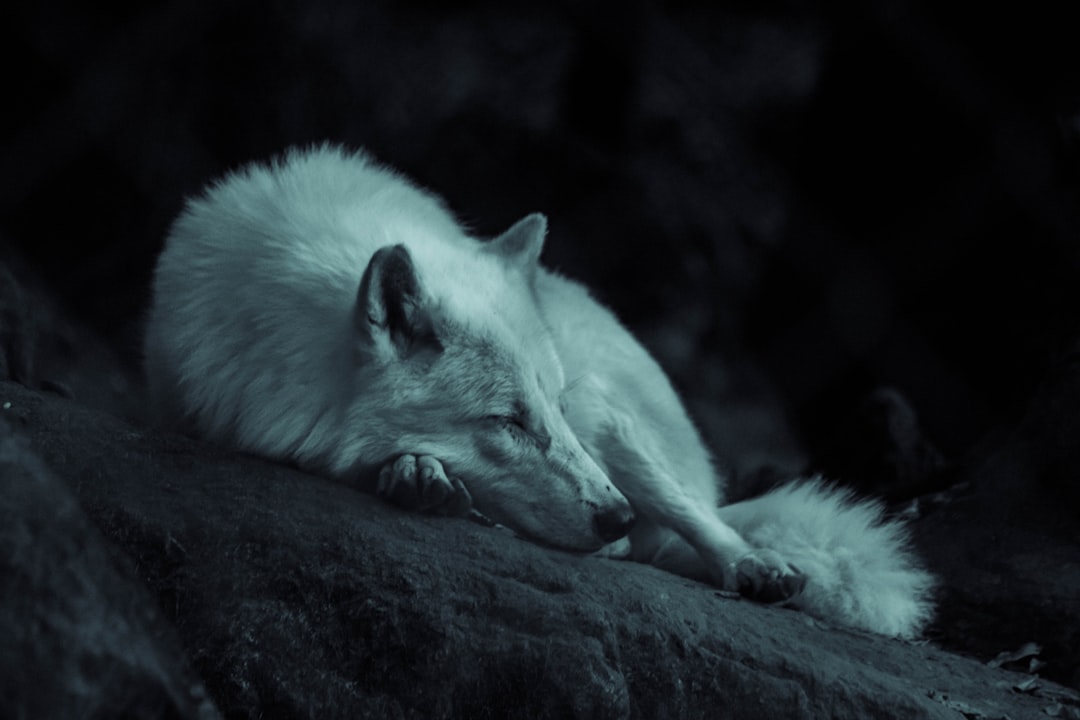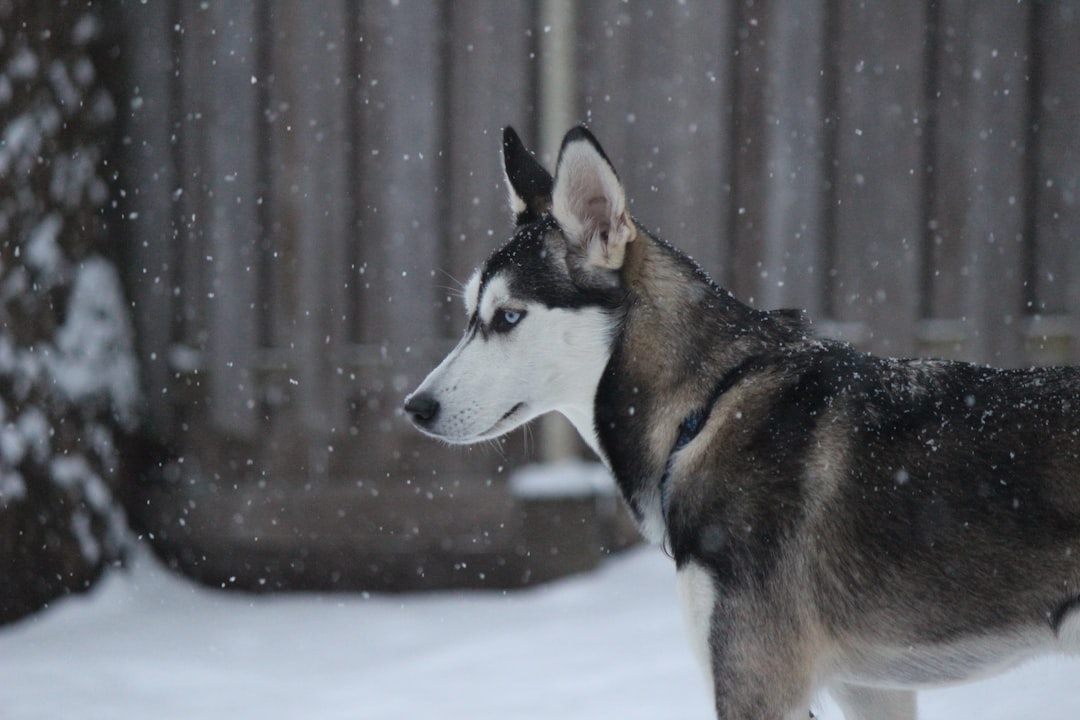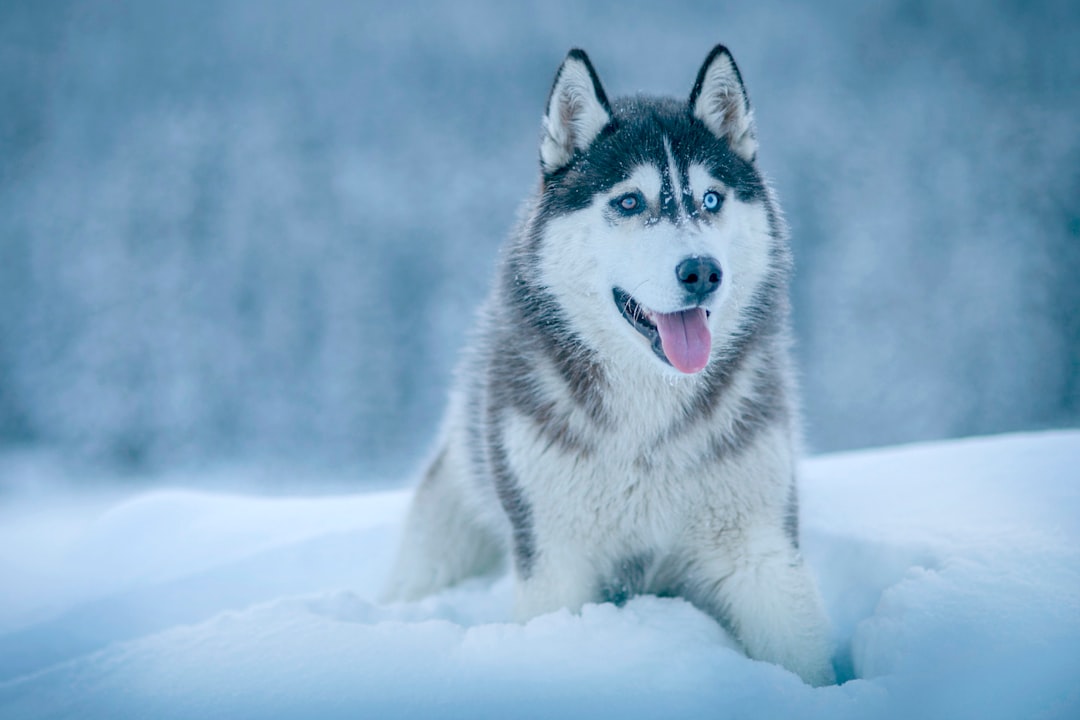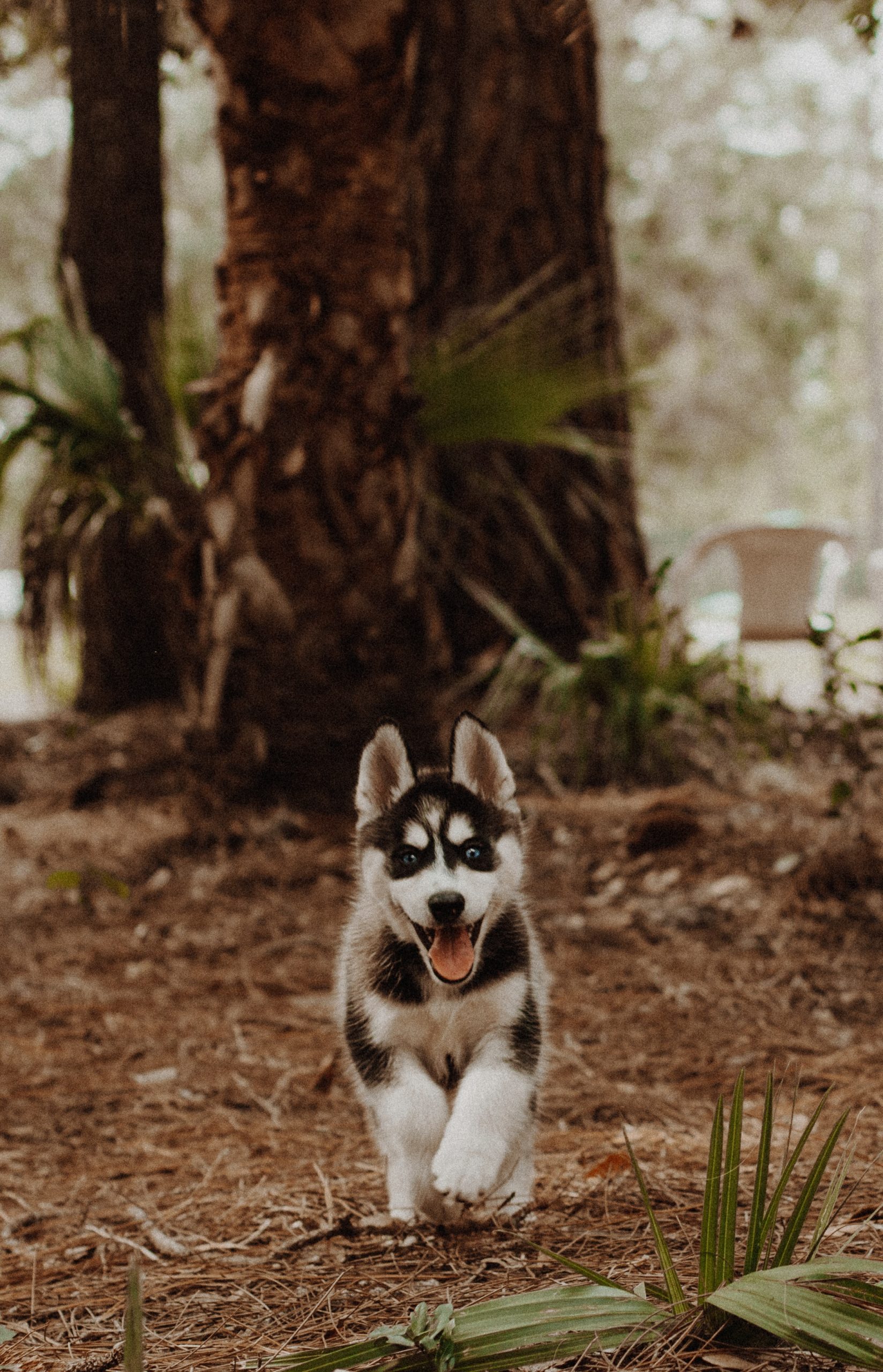The Siberian Husky: A Fascinating History, Distinctive Traits, and Care Tips
A comprehensive guide to huskies, covering their historical background, physical attributes, temperament, care and grooming, as well as training and exercise needs.
Husky Breed: A Historical Overview
The Siberian Husky has a rich and fascinating history that dates back to its origins with the Chukchi people of Siberia. These indigenous people bred the husky to withstand the harsh Arctic conditions and to assist them in pulling sleds and providing companionship. The bond between the Chukchi people and the husky was deeply rooted in mutual respect and dependence, as the huskies were valued for their endurance, loyalty, and hardworking nature. This historical connection highlights the husky’s significance as a working dog with a strong sense of purpose and resilience.
Furthermore, the Siberian Husky’s remarkable contribution during the Nome Gold Rush and the 1925 serum run to Nome exemplifies the breed’s unwavering dedication and reliability. In the face of adversity, these sled dogs played a pivotal role in transporting essential medical supplies to the remote and snow-covered regions of Alaska, demonstrating their exceptional stamina and ability to thrive in challenging environments. The huskies’ involvement in these historic events not only cemented their reputation as dependable working dogs but also showcased their enduring legacy as invaluable members of human endeavors in extreme conditions.
Physical Attributes and Appearance of Huskies
The Siberian Husky’s physical attributes and appearance are a testament to their impressive lineage and well-adapted nature. Originating from the Chukchi people of Siberia, these medium-sized dogs were developed for sled pulling and companionship, which is reflected in their sturdy build and distinctive features. Their thick double coat, erect triangular ears, and striking facial markings showcase their resilience and cold-weather tolerance, making them well-suited for their historical role in the polar regions [2].
The breed’s genetic closeness to the gray wolf and the now-extinct Taimyr wolf further emphasizes their robust and hardy physical characteristics. This connection to their wild counterparts not only adds to their striking appearance but also underscores their enduring strength and agility, essential for their role in pulling light loads over frozen expanses. The diversity in their coat colors and markings, coupled with their captivating blue or multi-colored eyes, contributes to their remarkable and captivating appearance, reflecting their rich history and close bond with their ancestral origins.
In modern times, these physical attributes continue to be a defining feature of the Siberian Husky breed, serving as a reminder of their remarkable heritage and the enduring qualities that have solidified their place as beloved companions and working dogs.
Temperament and Social Behavior
The Siberian Husky is a breed known for its energetic and athletic nature, as well as its friendly and gentle temperament, which makes it suitable for families and children. Originating as sled dogs developed by the Chukchi people of Siberia, huskies are pack animals and thrive in social settings, enjoying the company of people and other dogs. Their history as working dogs has instilled in them a strong sense of companionship and a need to be part of a family or group, making them highly social animals.
In addition to their sociable nature, huskies are also recognized for their independence and high energy levels, which can pose challenges for first-time dog owners. The breed’s independent nature means that they may require consistent and patient training to establish boundaries and ensure good behavior. Early socialization is crucial for huskies to develop well-adjusted and friendly dispositions, and positive reinforcement techniques are often recommended to effectively train and manage their spirited personalities. An example of this is creating positive associations with social interactions and rewarding desired behaviors, helping to shape the husky’s temperament and social behavior in a positive way.
Overall, the Siberian Husky’s combination of energy, athleticism, and friendly nature makes them wonderful companions for families and individuals who can provide the social interaction, exercise, and training that align with the breed’s temperament and social needs.
 Husky Care and Grooming
Husky Care and Grooming
Huskies have a thick double coat that requires regular grooming to keep it in good condition and manage shedding. Brushing their coat at least a few times a week helps to remove loose fur and prevents matting, especially during shedding seasons. Bathing should be done only when necessary, using a dog-friendly shampoo to maintain the natural oils in their coat. Additionally, trimming their nails regularly and cleaning their ears can contribute to their overall grooming routine.
In terms of diet and nutrition, providing a high-quality diet with the right feeding portions is crucial for the health of Siberian Huskies. Their diet should include a balanced mix of protein, fats, and carbohydrates to support their active lifestyle. It’s important to consult with a veterinarian to determine the appropriate feeding portions based on their age, weight, and activity level. Regular exercise is also essential for Huskies to keep them physically and mentally stimulated. Daily walks, runs, or engaging in activities like agility training can help fulfill their exercise needs and prevent boredom.
When it comes to adopting a Siberian Husky, exploring options from rescue organizations or shelters is encouraged. Many Huskies end up in shelters or rescue groups due to various reasons, and giving them a second chance at a loving home can be incredibly rewarding. These organizations often ensure that the Huskies are vetted for health and temperament before they are adopted, making it a thoughtful choice for those looking to bring a Husky into their family.
 Training and Exercise Needs
Training and Exercise Needs
Training Huskies can be challenging due to their independent nature and high energy levels, necessitating early socialization and positive reinforcement techniques. Furthermore, Huskies have significant exercise requirements and a need for mental stimulation to prevent boredom and destructive behavior. It’s important to provide a yard with a high fence to prevent escapes and to keep Huskies on a leash or in a fenced area due to their high prey drive.
Overall, understanding the historical significance, physical attributes, temperament, care needs, and exercise requirements of Siberian Huskies is crucial for providing them with a loving and suitable environment.


